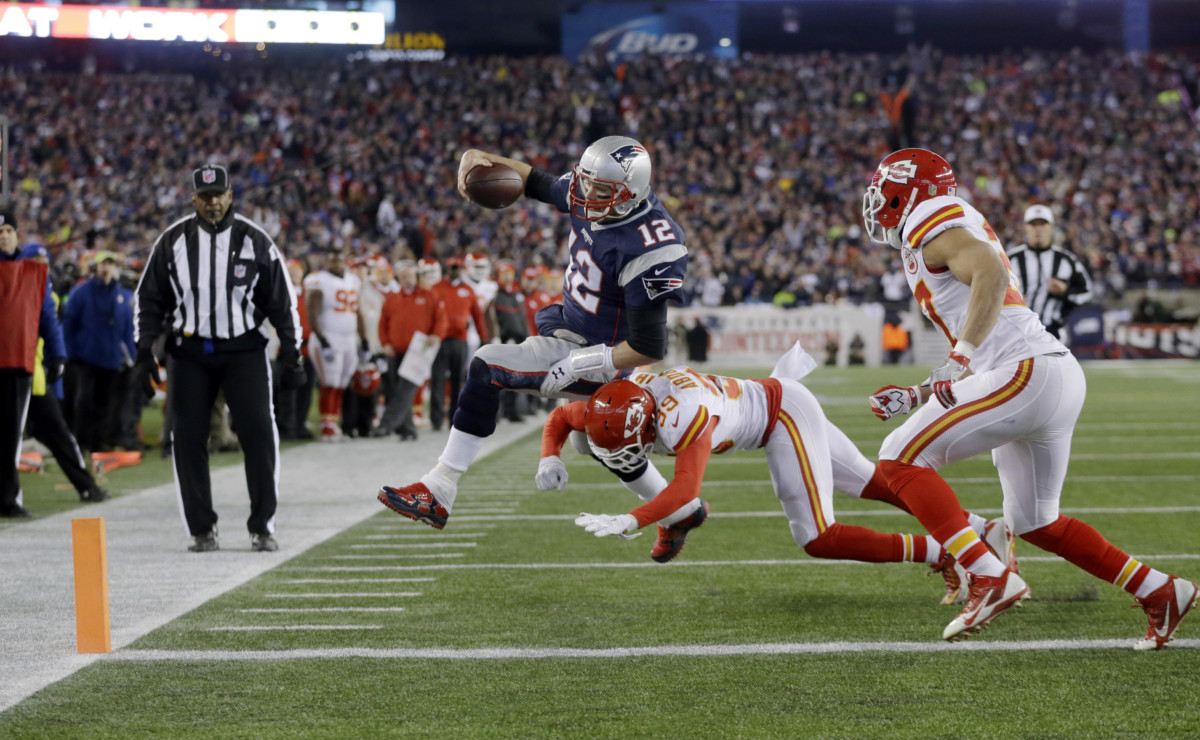BY SCOTT DILLON
There is a very interesting story in the November 27th issue of New York Magazine explaining the issues currently facing the NFL in the United States.
Most of it has nothing to do with rugby league or the NRL in Australia but there could be some cause for concern – particularly when it comes to Will Leitch’s (Will Leitch of Gawker acclaim) article and the specifics of brain trauma and television ratings. We know TV ratings for the NRL aren’t a problem. In fact, rugby league dominates the top spots each and every year against its main rivals. But nobody should rest easy in an uneasy broadcasting world.
Leitch compares the NFL’s 16-game season to the much longer NBA and MBL seasons and how the NFL has always relied on quality content and nail-biting blockbusters to get the money they think they deserve.
The NRL will play Thursday night football next season – just like the NFL.
“Television ratings have been down for the past several years, with this year’s down 5.7 percent. Why? Part of it is just the shrinking of all TV audiences — broadcasters once thought that live sports were one thing people would continue to tune in for in an age of streaming and cord cutting, but that doesn’t mean sports are immune,” Leitch writes.
“The larger problem is that the NFL, like many empires before it, got too large, too cocky, and too ambitious, and it overreached. One of the main reasons NFL ratings have always been so high is a simple one: NFL teams play only 16 regular-season games a year, traditionally on one designated day a week. This has turned games into must-see events, appointment programming: It makes each game feel special. And for a 16-game season to compete with an 82-game season or a 162-game season, it has to feel special: For the NFL to outearn its rival sports, each game has to bring in many times more TV revenue.
“Which is one reason why, with television networks so desperate for a ratings goose, the NFL added a Thursday-night game (much against players’ wishes), hoping it would become another must-see marquee event (and allowing beleaguered networks CBS and NBC to fill a night on their schedule). This is increasingly turning out to be a disastrous decision. The games do not have cachet. And because Thursday-night teams are always playing on short rest, their play is choppy and disorganized, the players exhausted.
“This makes the games ugly to watch, a terrible advertisement for the product. And, perhaps worst of all, it oversaturates the market. The more days you add to the schedule, the less special the games seem. Which means fewer people watch them.”
And concussion?
“Quality of play is not just a connoisseur’s complaint. The NFL has always been slow to react to issues of player safety, but in recent years, it has instituted a series of cosmetic changes meant to address growing discontent. These changes have arguably failed on both fronts: They’ve made the game less fun to watch, and they’re probably not keeping anyone safer. There is now a “concussion protocol,” in which a player thought to have a concussion is kept out of the game until he can pass a series of tests, which sounds positive until you remember that most doctors say the real danger of CTE for players comes not from the traumatic events but “subconcussive” hits — damage that becomes much worse over time than what the “big hits” cause.”
We will watch closely as this story continues.


